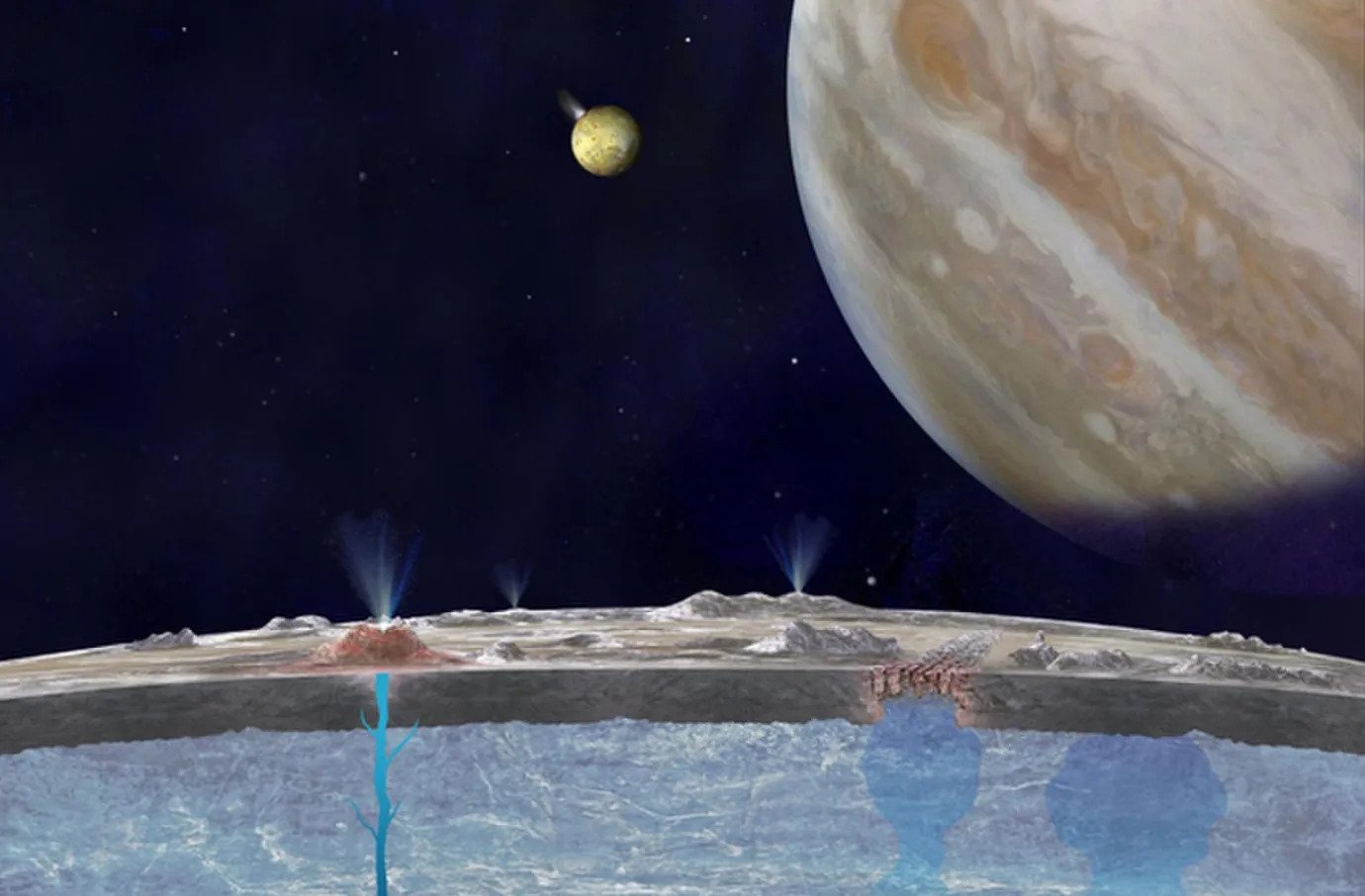In a new study, scientists have determined that radiation heating is common on icy exoplanets, and they should have subsurface oceans similar to those of Jupiter’s moons. This significantly increases the number of potentially habitable planets in space.

Planets with liquid water
The chances of finding life outside the Solar System have increased significantly. At least that’s what scientists from Rutgers University say, they have recently published a study with an assessment of how often stars have planets on which liquid water exists.
The presence of this substance in this state is one of the main conditions that life can exist on a celestial body. Because all biochemical reactions in the cells of organisms known to us occur precisely in its environment. However, until now, scientists have been convinced that conditions similar to those on Earth are quite rare in space.
It is believed that on average, 1 out of a hundred stars has a planet similar to Earth. However, in a new study, scientists have modeled worlds that can orbit red dwarfs and their results are quite optimistic. The ratio of luminaries and habitable celestial bodies in the Galaxy can be 1:1.
Greenhouse effect and subsurface ocean
The authors of the new article draw attention to the fact that so far all estimates of the number of worlds with liquid water have been limited to conditions that are identical to what is now on Earth. However, they are quite ambiguous. Greenhouse gases play an important role in establishing the temperature regime on our planet, which allow it to warm up.
If there were more of them, the Earth would become much hotter. However, the opposite is also true. If the content of these gases drops to zero, the surface temperature will be -18 °C. And scientists usually concluded from this that it was worth deviating a little from the optimal values, and the planet would turn into either a red-hot hell or an ice ball.
However, the latter does not mean that life on it becomes impossible. Even the Earth experienced a similar event several hundred million years ago. Then almost all of it was covered by a glacier, but under its surface the water was preserved and life in it survived.
On the moons of giant planets, which are certainly located outside the “populated zone” of the Sun, subsurface oceans also exist. And it is possible that scientists will find life on them in the future. And such a situation may well turn out to be a common occurrence for planets in red dwarf systems like TRAPPIST-1.
How subsurface oceans originate
The main reason that oceans can be preserved on celestial bodies under a thick layer of ice is internal heat. There are several mechanisms of its occurrence, but the authors of the new study pay attention to two.
The first is the heat that is released from the decay of radioactive materials in the lithosphere of a planet or moon. It has been repeatedly observed on Earth, and now scientists have found something similar on Mars.
The second is the heat that is released as a result of the tidal action of another large body. In the case of the Earth, such a body is the Moon, and, for example, Jupiter’s gravity is very important for Europa. The force of gravity deforms the planet and through friction this energy turns into heat.
According to www.space.com
Follow us on Twitter to get the most interesting space news in time
https://twitter.com/ust_magazine
